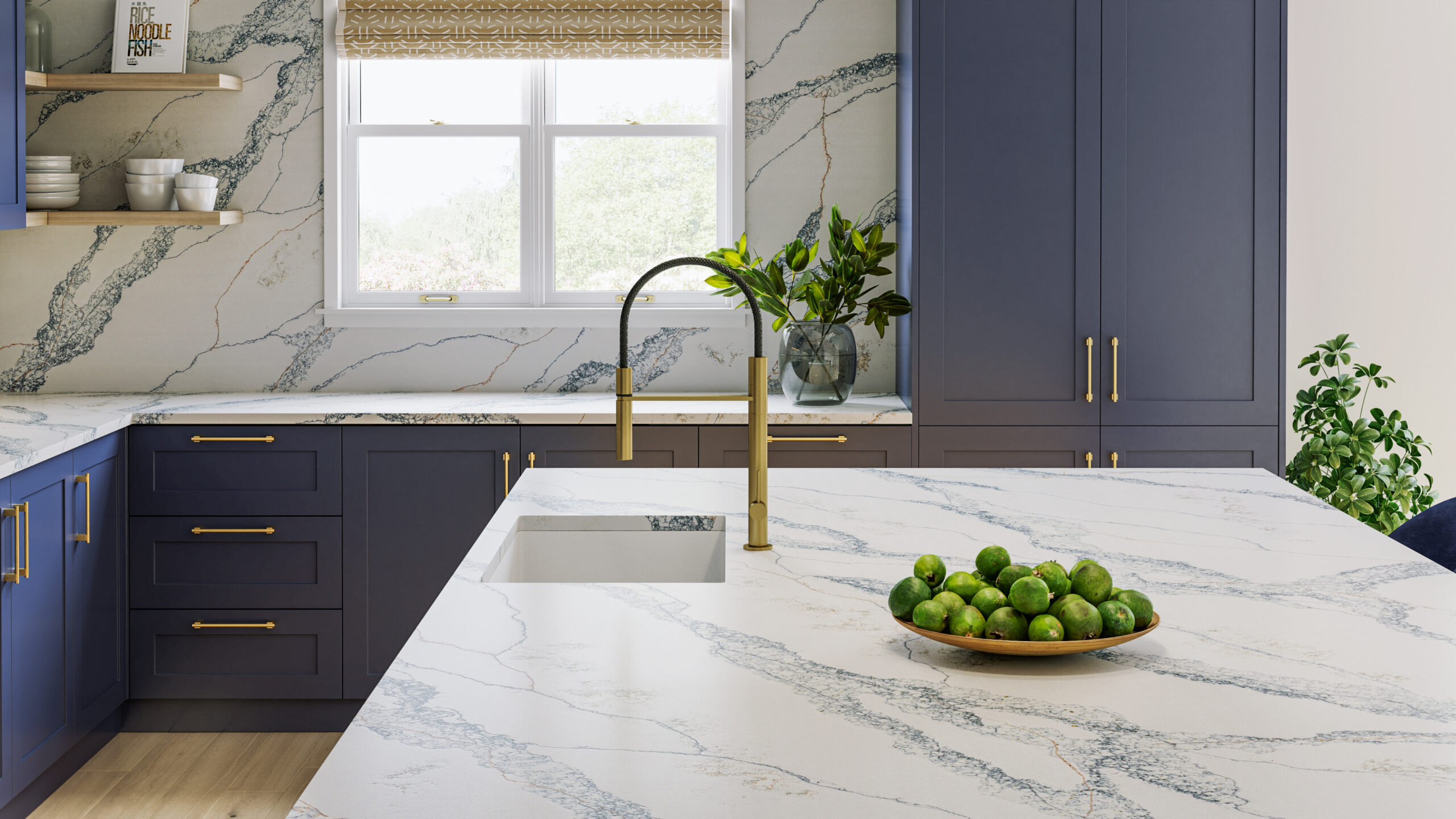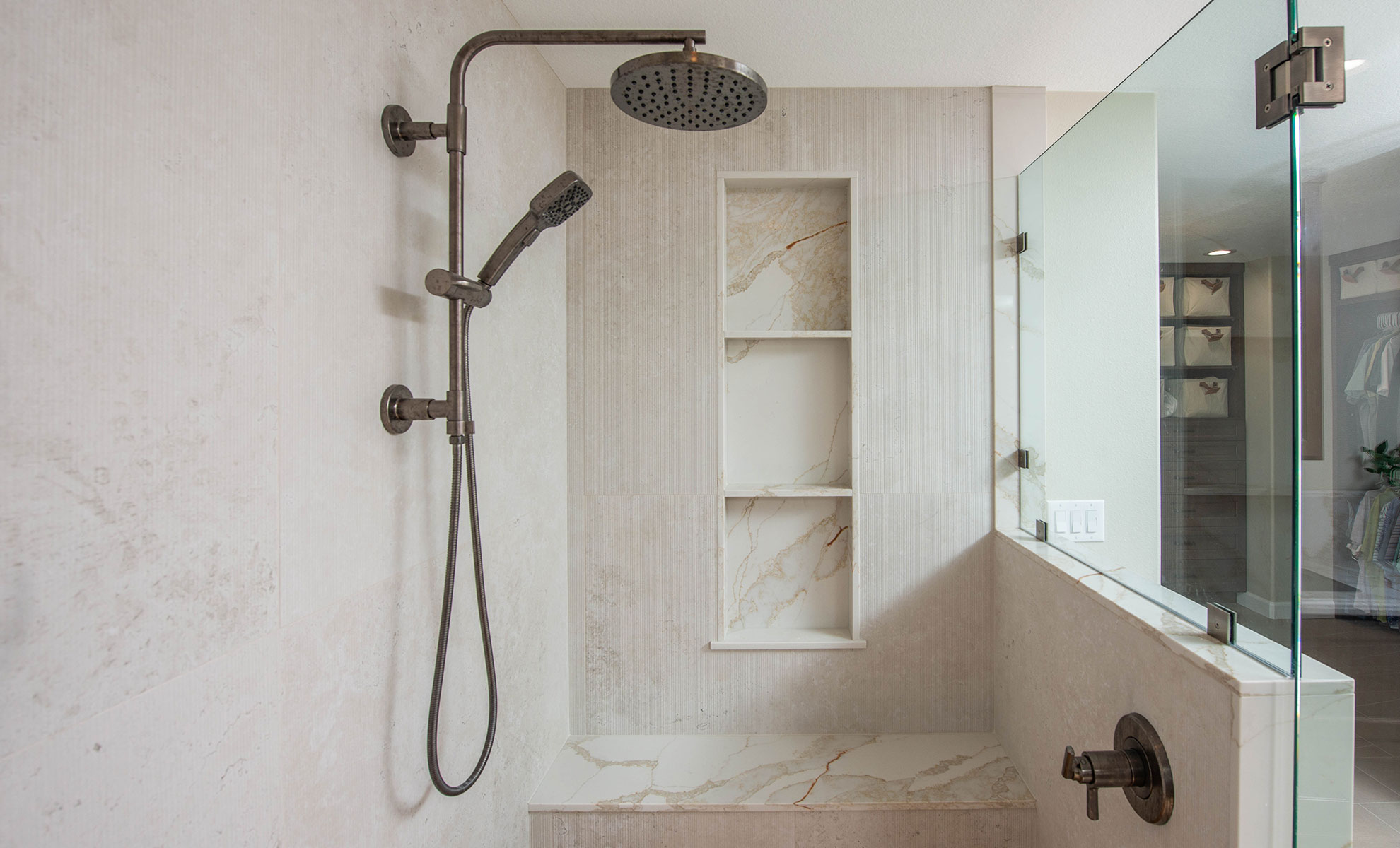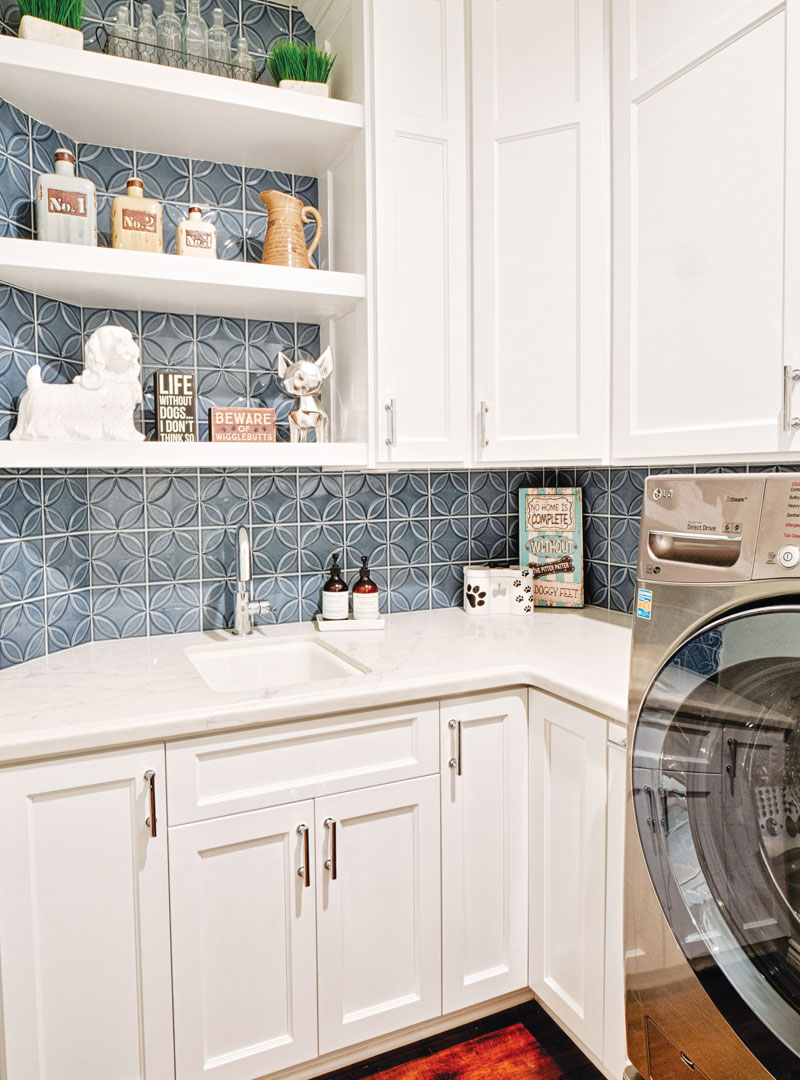When it comes to selecting the perfect surface for interior design projects, two materials consistently stand out: marble and quartz. Both are popular choices for high-end designs, but each has unique characteristics that make it better suited for different applications.
So, how can you make the best choice for your next project? Whether you’re working on kitchens, bathrooms or commercial spaces, your chosen material will depend on a few factors, including durability, budget and more.
Understanding Marble: A Natural, Timeless Choice
Marble is a natural stone formed from limestone under heat and pressure. It is primarily made of calcite, giving it unique veining and a luxurious look.
Understanding Quartz: A Modern, Engineered Surface
Created by expert craftsmen, quartz is a stunning engineered stone made from crushed quartz crystals mixed with pigments and resin. It is non-prous, durable and stain-resistant, offering a wide range of consistent colors and patterns.
Marble vs. Quartz: Top Considerations and Differences
When choosing between marble and quartz for a design project, you’ll need to consider several factors to choose the best fit for aesthetics and functionality.
Aesthetic Versatility
Known for its natural beauty, marble adds timeless elegance to any space. However, its vein variations can make it challenging to match across large surfaces.
Meanwhile, quartz offers a more consistent appearance, with a wider range of colors and patterns. Its ability to mimic natural stones like marble or granite allows for flexibility in design, especially in projects that require uniformity.
Durability and Maintenance
Although beautiful, marble is softer and more porous than quartz, making it prone to scratches, stains and damage from acidic substances. To maintain its appearance, it usually requires resealing every 3 to 6 months.
Quartz is highly durable and non-porous, resistant to scratches, stains and bacteria. It’s also easier to maintain, requiring little more than regular cleaning without the need for sealing.
Application and Suitability
Thanks to its luxurious aesthetic, marble is ideal for high-end residential spaces and areas like bathrooms, countertops and accent walls. It is also perfect for design-focused applications, such as detailed mosaic backsplashes or fireplace mantles.
Due to its durability, quartz is suitable for residential and commercial applications, including kitchens and high-traffic areas. Its resistance to wear makes it a practical choice for spaces that need longevity.
Cost Breakdown
Marble tends to be more expensive due to its natural sourcing and the complexity of quarrying. Prices can also vary depending on the type and rarity of the stone.
Quartz generally costs less than marble, though premium-engineered versions can be on the higher end. However, quartz can offer better value over time due to lower maintenance costs.
Environmental Considerations
As a natural stone, marble has a lower environmental footprint in terms of production. However, mining can be resource-intensive, impacting ecosystems.
While quartz is made from abundant raw materials, the production process involves resins and polymers, which can have a greater environmental impact. With that said, many brands focus on using recycled materials, offering more eco-friendly options.
Get Inspired: 5 Ideas for Utilizing Marble and Quartz
Both marble and quartz offer incredible design potential. Whether you’re aiming for timeless elegance with marble or durability and versatility with quartz, here are some design ideas for incorporating these materials into your next project.
1. Durable Kitchen Countertops

Quartz is ideal for kitchen countertops due to its durability and low-maintenance nature.
With an extensive range of colors, patterns and textures, quartz can mimic the look of marble, granite or even concrete. It’s a practical, long-lasting choice for high-traffic areas like kitchens, where functionality and style are key.
2. Statement Kitchen Island

A marble kitchen island adds an undeniable sense of luxury and sophistication to any cooking space. Its natural veining creates a unique pattern, making each island unique and a wonderful space for entertaining.
Whether you choose classic white marble or a more dramatic tone, the island can serve as the focal point of the room, elevating the entire kitchen design.
3. Stylish Bathroom Surfaces

Quartz is a popular material for bathroom vanities, countertops and shower walls. Its sleek, modern aesthetic makes it a great option for wet areas, and its non-porous nature makes it highly resistant to water damage, stains and mold.
Plus, it’s incredibly low-maintenance, requiring only occasional cleaning to keep it looking pristine.
4. Eye-Catching Fireplace

![]()
A marble fireplace can elevate the entire room, turning the hearth into a stunning focal point. Marble’s natural elegance infuses warmth and coziness into any space while adding a sophisticated touch. Its ability to withstand heat makes it a functional and beautiful material for this application.
5. Laundry Room Countertops

Quartz is an ideal material for laundry room countertops, where durability and easy cleaning are must-haves. Its resistance to stains, moisture and scratches ensures it can handle the demands of this hardworking space. Quartz countertops also provide a sleek, modern look, making the laundry room feel like an organized, stylish area rather than a utilitarian space.
Find the Best Material for Your Project
Both marble and quartz offer unique benefits, but the choice ultimately depends on the specific needs of your project. Marble provides unmatched natural beauty and luxury while quartz offers durability, low maintenance and versatility in design.
If you’re ready to transform your next design project with quartz, rely on Vadara Quartz. We capture nature’s beautiful expressions and turn them into artisan, handcrafted quartz to bring the Earth’s beauty to your home.
To see how our surfaces can create impeccable spaces, explore our stunning designs online or order a sample from Material Bank to discover the difference for yourself!



